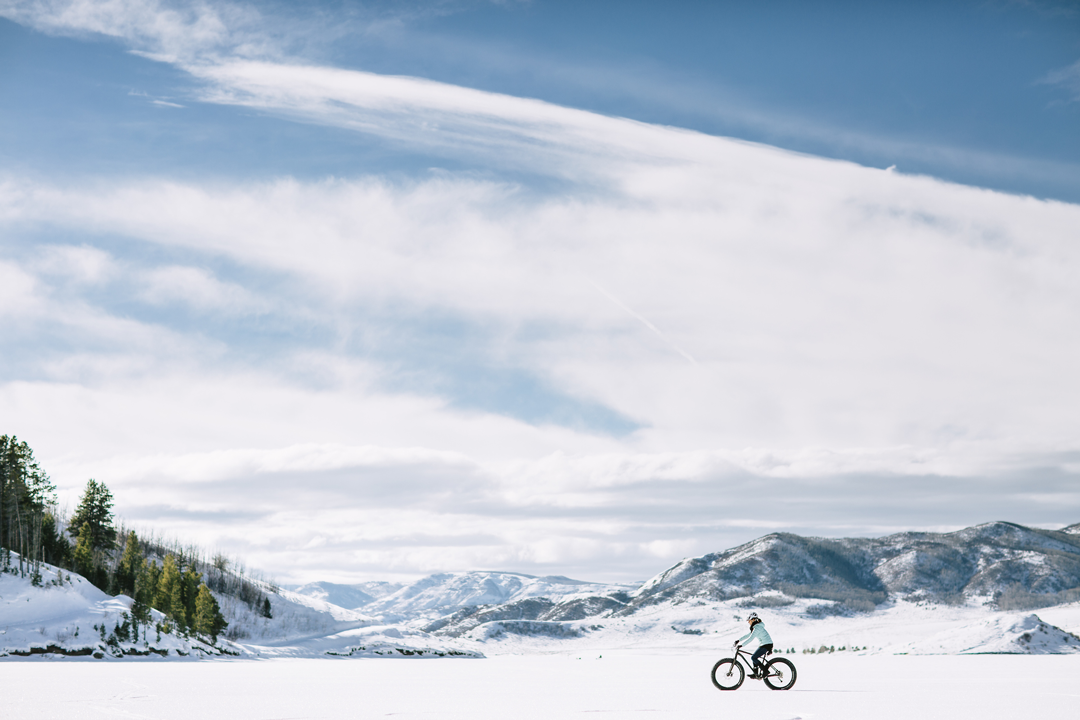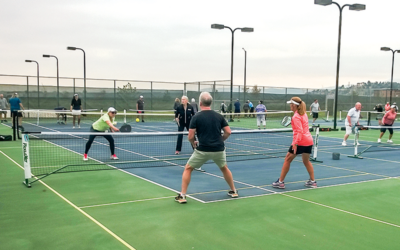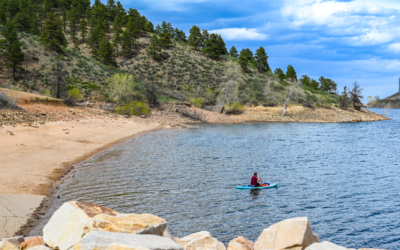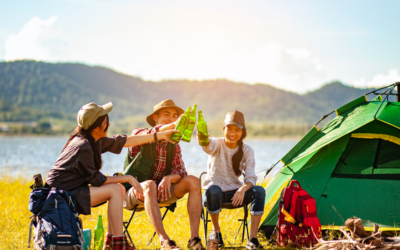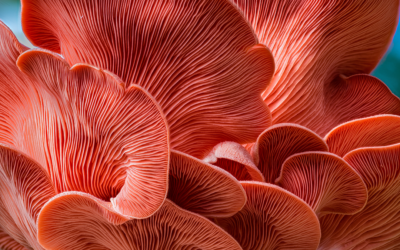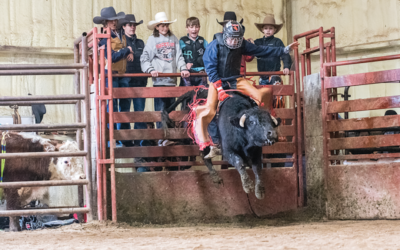When Mark Howell was 10 years old, his Boy Scout leader introduced him to the outdoors. Fifty years later, nature continues to be as much his identity as it is Colorado’s.
Howell, of Greeley, loves hiking and has climbed 21 14ers. He started a Meetup group in 2010 called Northern Colorado Adventurers, which has since hosted 1,600 events and currently has 120 members. The point wasn’t to make money; he just wanted to share his love for the outdoors. To prove it, he charges extravagant yearly dues of $5 per member.
Howell prefers winter in Colorado, and while that may be true of ski bums across the state, he likes it because of the depth of activities it offers. Yes, Howell’s group offers ski trips, though he prefers to snowboard. But his group also goes cross-country skiing and snowshoeing and does other activities that make them just as active, if not more, during Colorado’s coldest months.
“People love getting out in the winter,” Howell says. “I personally just hate the heat.”

An ice fisherman at Stagecoach. Photo courtesy of Colorado Parks and Wildlife.
The Northern Colorado Adventurers group is ideal for winter lovers who want to try an activity other than downhill skiing and snowboarding, which can exceed $100 for a single day ticket and cost a family of four nearly $4,000 for season passes (and that’s before rentals). Many group members are between ages 40 and 60, so they’re happy to go on short snowshoeing trips instead of risking another knee replacement. They also might not want to pay for lift tickets when, say, mountain shops in Estes Park rent snowshoes for $5 per day.
There’s been an increase in winter activity over the last decade in popular places such as Rocky Mountain National Park, state parks and national forests. More common activities include the usual cross-country skiing, snowshoeing and ice fishing, but officials at state parks and national forests have also spotted newer winter activities, including fat tire biking, hut-to-hut hiking and bird watching (the National Audubon Society, for instance, holds its annual census, the Christmas Bird Count, in the winter).
“Demand for all seasons of recreation has increased,” says Reid Armstrong, a spokeswoman for the Arapaho and Roosevelt national forests and Pawnee National Grassland. “[People] are moving here because they love the outdoors, and that’s not just limited to summer.”
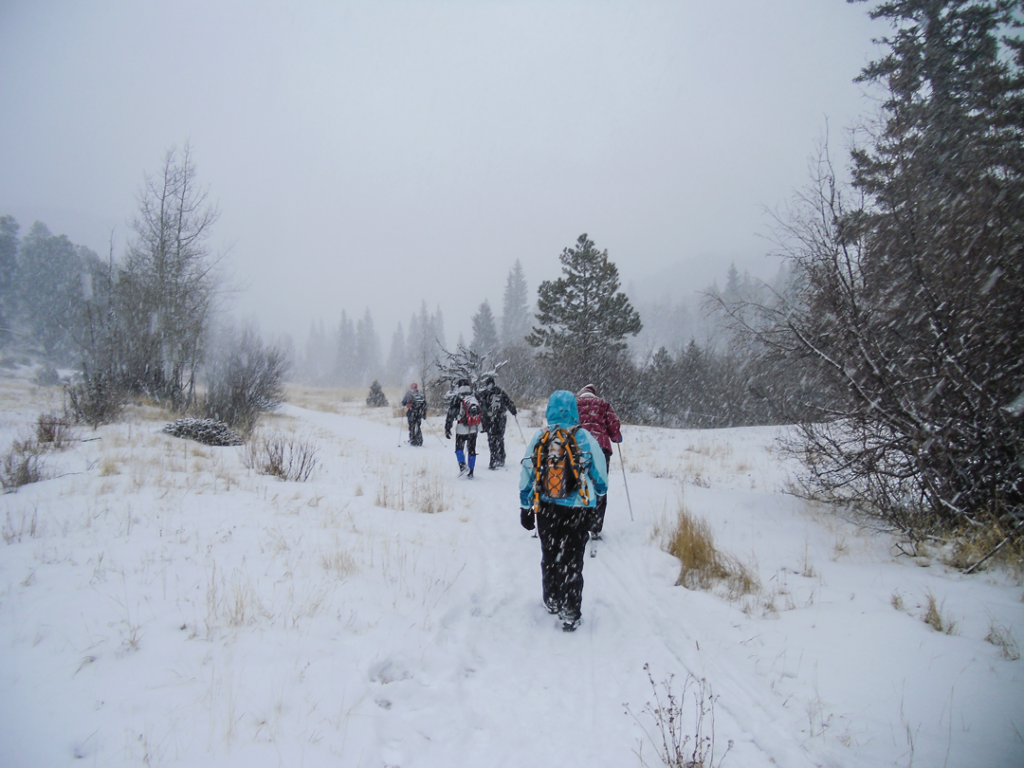
Northern Colorado Adventurers group hiking to Lake Helene in Rocky Mountain National Park.
More people means even more people
Winter activities have not only increased in popularity, they’ve become more accessible. More people are getting out in the winter, thanks in part to groups like Howell’s that help reduce the intimidation of heading out in deep snow, short days and sub-zero temperatures.
“Cross-country skiing is available anywhere you want, really, and trails are better maintained now,” Armstrong says. “If you want to go along flat areas, there are a lot of areas where you can just get on a trail.”
Some groups have increased the popularity of winter sports as a way to keep the economy strong in their towns. For example, Grand Lake Trail Grooming Inc. began promoting snowmobiling and creating snowmobiling trails in 1981 as a way to attract people to Grand Lake in the winter. The area practically turned into a ghost town in November once the Rocky Mountain National Park summer and fall rushes ended.
“There might be one bar open,” says Charles Stoyer, the president who helped start the snowmobiling organization, of those November days.
It worked. Now many call Grand Lake the “snowmobiling capital of Colorado,” with acres of national forest surrounding it and a trail that starts in the center of town. And there are plenty of places to rent snowmobiles.
The organization’s volunteers—it has one paid employee—groom more than 80 miles of trail per year with its three snowcats and $150,000 annual budget.
Stoyer enjoys skiing but believes snowmobiling has an advantage.
“You’re always riding a snowmobile,” he says. “You’re not on a lift a third of the time. You get to traverse a lot more territory.”
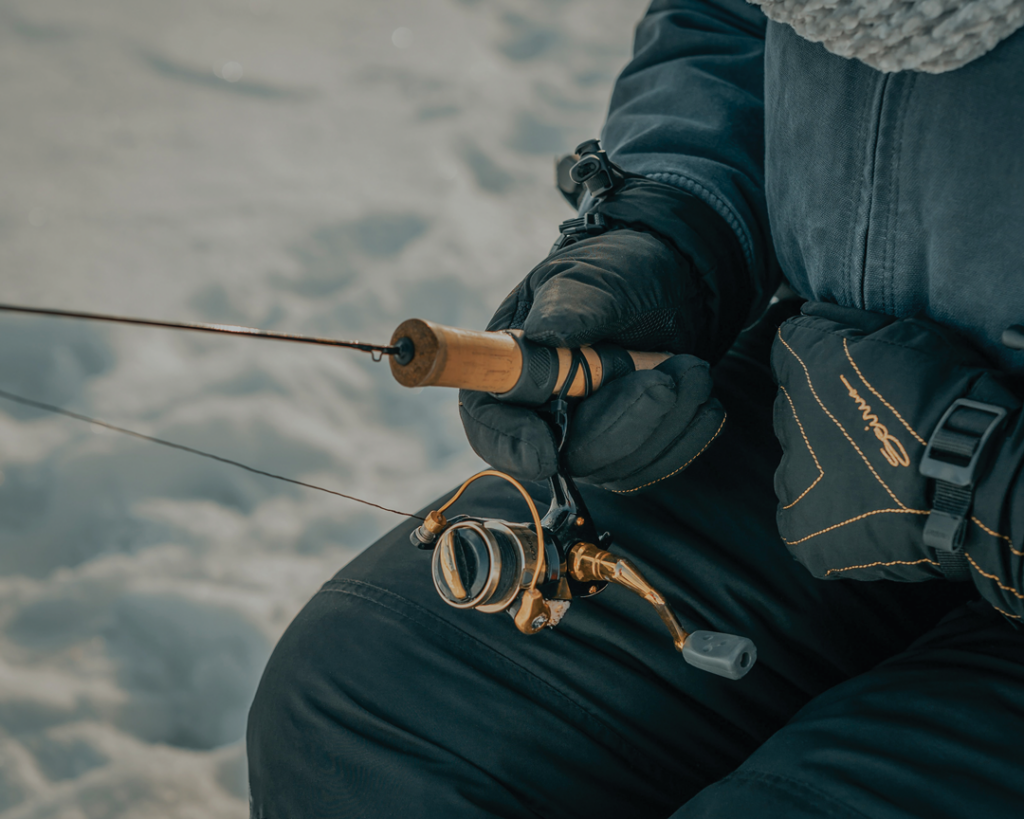
Photo by Clay Banks.
Solitude in the snow
All areas of Colorado have seen an increase in winter recreation in the last decade, but perhaps no area has seen more of an increase than the northwest region of the state, at least for activities other than skiing.
One of those, State Forest State Park, is relatively close to Northern Colorado. It’s up the Poudre Canyon and offers terrific winter terrain just because it’s so big.
“I know I’m not supposed to have favorites, but that is one of my favorites,” says Rachael Gonzales, spokeswoman for Colorado Parks and Wildlife’s northwest region, of State Forest State Park.
The park’s beautiful, expansive and wild land allows for the kind of solitude that’s hard to find in many other areas.
“In Eldorado Canyon, you will see a constant flow of people,” Gonzales says, “but because of State Forest’s size, you very rarely see anyone, even around Lake Agnes.”
An hour and a half away from State Forest State Park is another popular winter recreation area: Stagecoach State Park. The most common activity there is ice fishing, and you should be able to find a quiet place on its roomy lake, Gonzales says. But there’s also eight miles of groomed trails for snowshoeing, fat biking and cross-country skiing.
The cool thing about Stagecoach, she says, is that it has places where you can rent gear, even for ice fishing, so you don’t have to be an avid outdoorsperson to enjoy the park.
The northwest region of the state also delivers consistent snowfall every year. The trails on Cameron Pass always seem to be full of snow.
“Last year was such an amazing snow year for those areas,” Gonzales says of her region. “It never ended.”
Be Safe in the Snow
You could argue that winter is a more dangerous time to explore the Colorado outdoors than summer. Yet we don’t always think of safety in the winter, says Rachael Gonzales, spokeswoman for Colorado Parks and Wildlife’s northwest region. “I feel [that] everyone is really good about safety in the summer,” she says. “If [they] hear thunder, they know to turn around. But we often don’t think about winter.”
Here are some things to consider before trudging through the snow:
1. Winter activities require special equipment. You need a beacon and shovel to prepare for avalanches while you snowshoe and ski in the backcountry, and if you ice fish, you’ll need to bring self-rescue gear. You may also need microspikes, crampons and an ice axe if you’re hiking up high. This doesn’t include the layers, gloves, hat and heavy jacket you’ll need to stay warm, especially at night. The sun goes down as early as 4:30 p.m. in December, so a headlamp isn’t a bad idea. A map is also important since trails look different in the winter and may not follow the exact path of summer trails. Always bring a phone charger no matter what you’re doing, given that cell phones burn a lot of energy to stay warm.
2. Check the weather. Look at the radar before you go, and figure out how thick the ice is if you’re planning to fish or ice skate. Always check snow conditions on the Colorado Avalanche Information Center website if you’re snowshoeing, backcountry skiing or hiking.
3. Visitor centers and ranger stations can help. Experts in the area can guide you to a spot that matches your skill level. They don’t want to have to rescue you later.
4. Your local sledding hill isn’t in the backcountry. Don’t try to sled the steep hills. Charles Stoyer, president of the Grand Trail Grooming Association, an organization that promotes snowmobiling in Grand Lake, says that safety often comes down to common sense. “Snowmobiling can be dangerous if you’re stupid,” he says, “but so can skiing.”
If you’re not an experienced winter adventurer, follow these tips to safely enjoy your new hobbies:
Go someplace popular. The chances of you getting lost or finding yourself in danger are significantly lower when you’re in a well-signed area with other people around.
Go with a group. Check out Meetup, Facebook and other places to join adventure groups with people who are experienced in outdoor winter activities.
Rent your gear. The right gear is necessary to have a good time in the elements, but you don’t have to drop hundreds of dollars. You can try out snowshoes and cross-country skis by renting them from an outdoor gear store. Those gear shops usually have good suggestions for the area you’re exploring.


